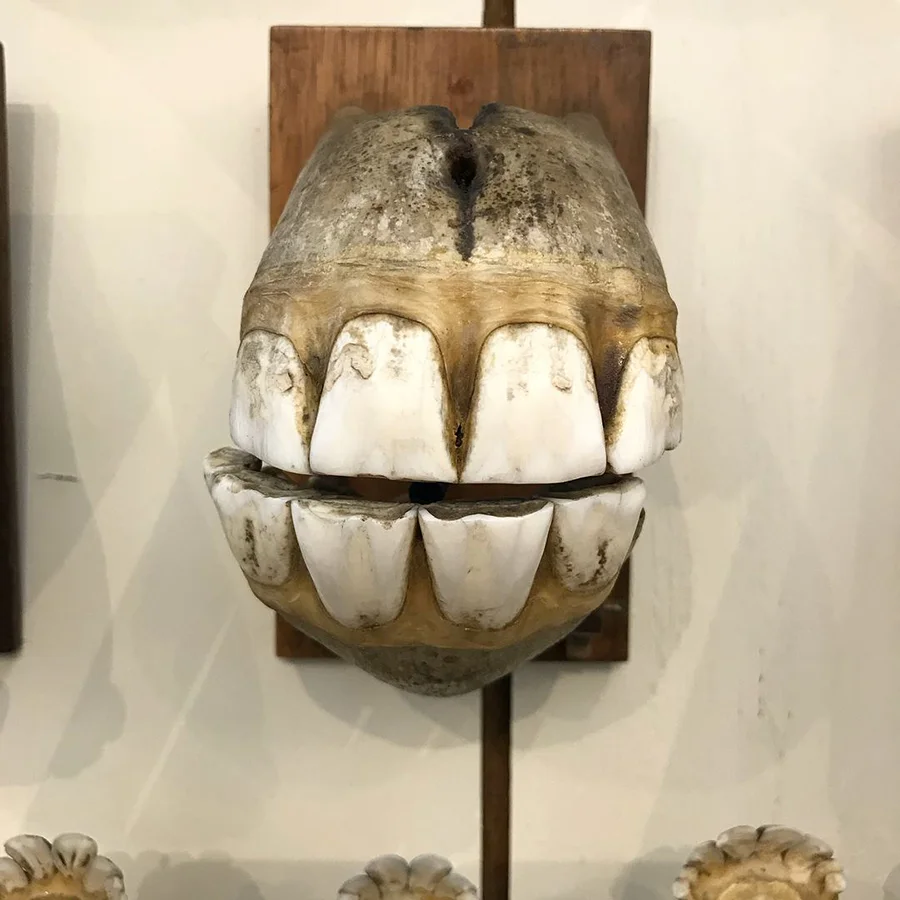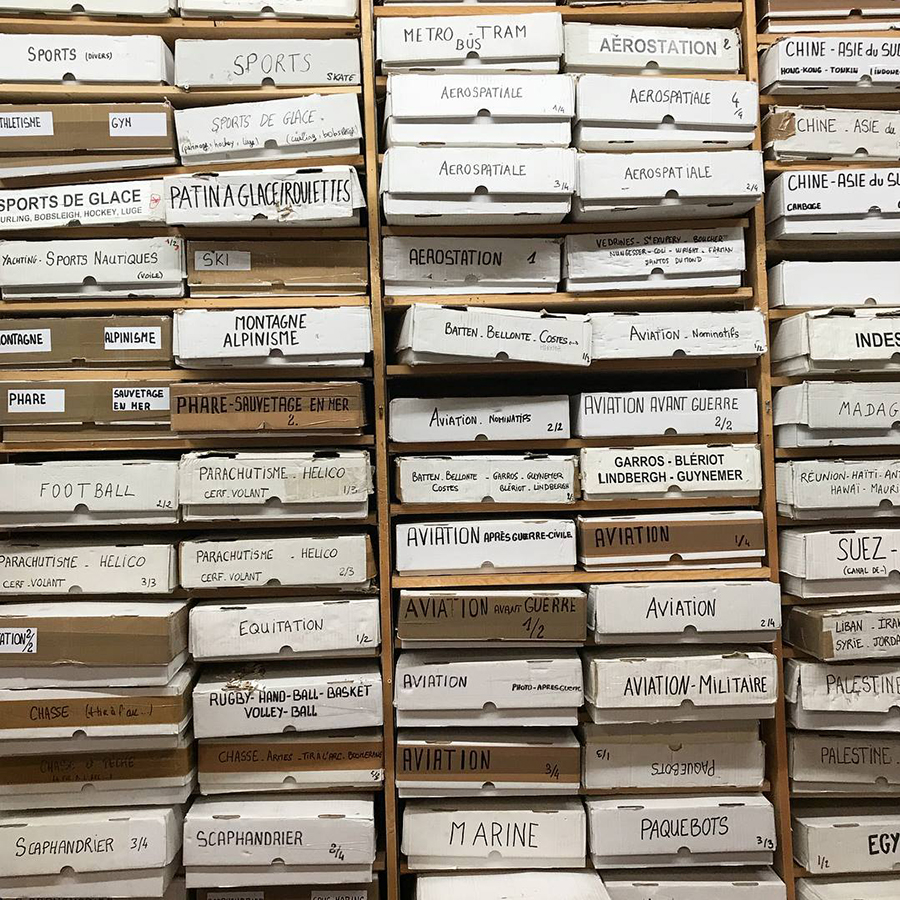Golden animals

French Connections
Australian Print Workshop
Paris study tour
May – June 2018
French Connections, part 4
French Connections, part 1
French Connections, part 2
French Connections, part 3
French Connections, part 4
French Connections, part 6
French Connections, part 7
(Post) French Connections, part 1
(Post) French Connections, part 2
(Post) French Connections, part 3
(Post) French Connections, part 4
28th May:
The temporal region of the skull is blue, whether you are a lapin, a chien, a mouton, or a kangourou, and it is situated on both cerebral hemispheres of the mammalian brain. For hearing and balance, from the Latin word ‘tempus’ or time, it responds to poetry, presumably in all forms. The poetry the rabbit favours is probably quite different to mine, but not necessarily so. And since visiting the Fragonard Museum, whenever I rub my temples I will picture them blue like the painted skulls on display. Colour maps beneath the skin, distinct regions made comprehensible.
Located in the École nationale vétérinaire d’Alfort, the museum has easily been one of my favourite places to explore so far. From the mournful rodents sleeping beauty-style in balm to the forest of bronchial trees arranged by scale, with the tiny rabbit’s branched apparatus in the foreground and the cow’s towards the background, we marvelled, if that is the word, at it all. The sad collection of abnormalities pulled at the heart; you poor, poor creatures. Six-legged lambs, a cat with an upward spiked spine, a calf with two heads. It wasn’t really macabre, it was too sad for that. Macabre in the true sense of the word, in relation to death, but not in relation to gory, not for me, at least. A sad dance the other side of the glass, two lambs joined at the torso. Further along, parts of the body shown en masse took on a new visual reading. A series of jaw bones shown in profile looked like the sandalled feet of Greek statues; a case of horse teeth, reminiscent of shell lamps; tiny bat skeletons revealed the fragility we all know lies under the skin; a magnified painted model cross section of a snail, the size of a small dog, looked like an artwork, and the artist clearly relished the differing textures smooth, wet, porous, and spongy.
Little surprise, we purchased a book on the museum that straddles art and science with aplomb. This may not be our view of animals (in the sense of how the specimens were collected and the results, the same for humans too), but it informs our understanding and deepens our connection with them. Beautiful and sad, yes, it turns out it was macabre.
* * *
Honoré Fragonard (1732–1799) created thousands of exceptionally remarkable anatomical specimens in his lifetime, for the world’s first veterinary schools and for France’s privileged society members enthralled by the ‘encyclopédique’ movement and the Enlightenment. His magnificent injected ‘écorchés’ — mummified dissections of animals and humans — aimed to elucidate the new science of comparative anatomy. While learned visitors of the 18th century crowded in to see the collection of anatomical masterworks at the school at Alfort, near Paris, the elite of Europe enthusiastically collected such specimens, regarding the possession of ‘cabinets des curieux’, as Fragonard called them, as a mark of cultivation reflecting an interest in the spectacular new scientific advances and philosophical ideas in the age of intellectual giants Diderot and Buffon.... Fragonard the anatomist has been overshadowed by his ever popular cousin, the painter of luminous palette whose work was the incarnation of the grace and the liberty associated with life in the 18th century. While one enjoyed a life of exuberant artistic creation and renown, the other was ‘continually hunched over cadavers’, engaged in repugnant work in an icy dissection hall.... Human and animal cadavers very strikingly posed; a flayed horseman riding into eternity mounted on a galloping horse; a dissected warrior with a menacing glare, brandishing the weapon of a biblical hero Samson; dessicated foetuses dancing a grotesque jig — these spectacular specimens..... intended to educate, have survived revolutionary upheavals, punishing environmental conditions, and indifference and remain mostly intact.... the two Fragonards are symbols of the intellectual ferment that defined the Age of Enlightenment; Janus-like they face two directions, toward the beauty and joys of the world and towards an sister passion for science.” — Musée Fragonard d’Alfort
28th May (continued):
One Nagy penguin; two celluloid swans; and seven Mode Parisienne unused button cards with small markers to indicate where the buttons should be sewn and upon which we plan to draw our own connect-the-dots map. Yesterday morning at the Marche aux Puces de Saint-Ouen, we could have filled our trunks with five-gold-rings and six-geese-a-laying treasure, but all in all, we were relatively restrained. A handsome collection of ephemera, chalky French blue and charming.
* * *
Dog around the block
E.B. White
Dog around the block, sniff,
Hydrant sniffing, corner, grating,
Sniffing, always, starting forward,
Backward, dragging, sniffing backward,
Leash at taut, leash at dangle,
Leash in people’s feet entangle—
Sniffing dog, apprised of smellings,
Love of life, and fronts of dwellings,
Meeting enemies,
Loving old acquaintance, sniff,
Sniffing hydrant for reminders,
Leg against the wall, raise,
Leaving grating, corner greeting,
Chance for meeting, sniff, meeting,
Meeting, telling, news of smelling,
Nose to tail, tail to nose,
Rigid, careful, pose,
Liking, partly liking, hating,
Then another hydrant, grating,
Leash at taut, leash at dangle,
Tangle, sniff, untangle,
Dog around the block, sniff.
28th May (continued):
3pm. “They sure knew a thing about chandeliers.” We are in the Louvre, in the Richelieu wing. We’ve extracted ourselves from the compression of tourists awed by Napoléon III’s appartments of gold and finery. We’ve found a seat upon which to pause, and as Louise makes a sound recording of overheard conversations to a background of the familiar floorboard creak, I take a moment to look through photos of the morning. La Galcante, a little shop of magazines and catalogues and newspapers (‘Jouraux et Documents Anciens’), appears on my screen, flanked by a wealth of treasure and an embarrassment of riches. I check in on my pedometer and feel certain 12,000 recorded steps is a lie.
29th May:
At Deyrolle, you can purchase a tiger for your cabinet of no-longer-animated curiosities; you can look into the glass eye of a badger and wonder how they came to be there; you can feel yourself overlooked by a hornbill as you leaf through the books on the table; and as the staff prepare to close for lunch, you can purchase a plastic magnet ‘animaux’ of a grey mouse, your very own Ratatouille or Anatole for your Frigidaire. This morning, with a hint of flâneur, but not too much, we sauntered to the BNF Richelieu, where in one circus book (Le Cirque du Dompteur Sanspareil, 1885), a stripe of tigers had been made to perform. And by the time you take your shoes off you can proudly note: 22,000 steps. Monday: well played.
(Two images inside Deyrolle by Marc Dantan, Deyrolle.)
* * *
“A guy in the cafeteria of this one museum said that nothing gives him such great satisfaction as being in the presence of an original artwork. He also insisted that the more copies there are in the world, the greater the power of the original becomes, a power sometimes approaching the great might of a holy relic. For what is singular is significant, what with the threat of destruction hanging over it as it does. Confirmation of these words came in the form of a nearby cluster of tourists who, with fervent focus, stood worshipping a painting by Leonardo da Vinci. Just occasionally, when one of them couldn’t take it anymore, there came the clearly audible click of a camera, sounding like an ‘amen’ spoken in a new, digital language.”
(This may not have been this afternoon’s experience at the Louvre for the last time during our experience in Paris, but I like it all the same. If I regret one thing it is that I missed getting a photo of a monk in maroon robes before a painting of figures in blue, green, and saffron robes. The quotation is from 'The Original and the Copy' within Flights by Olga Tokarczuk, 2017, my travel read.)
Image credit: Napoléon III’s appartment in the Richelieu wing of the Louvre, 2018















































